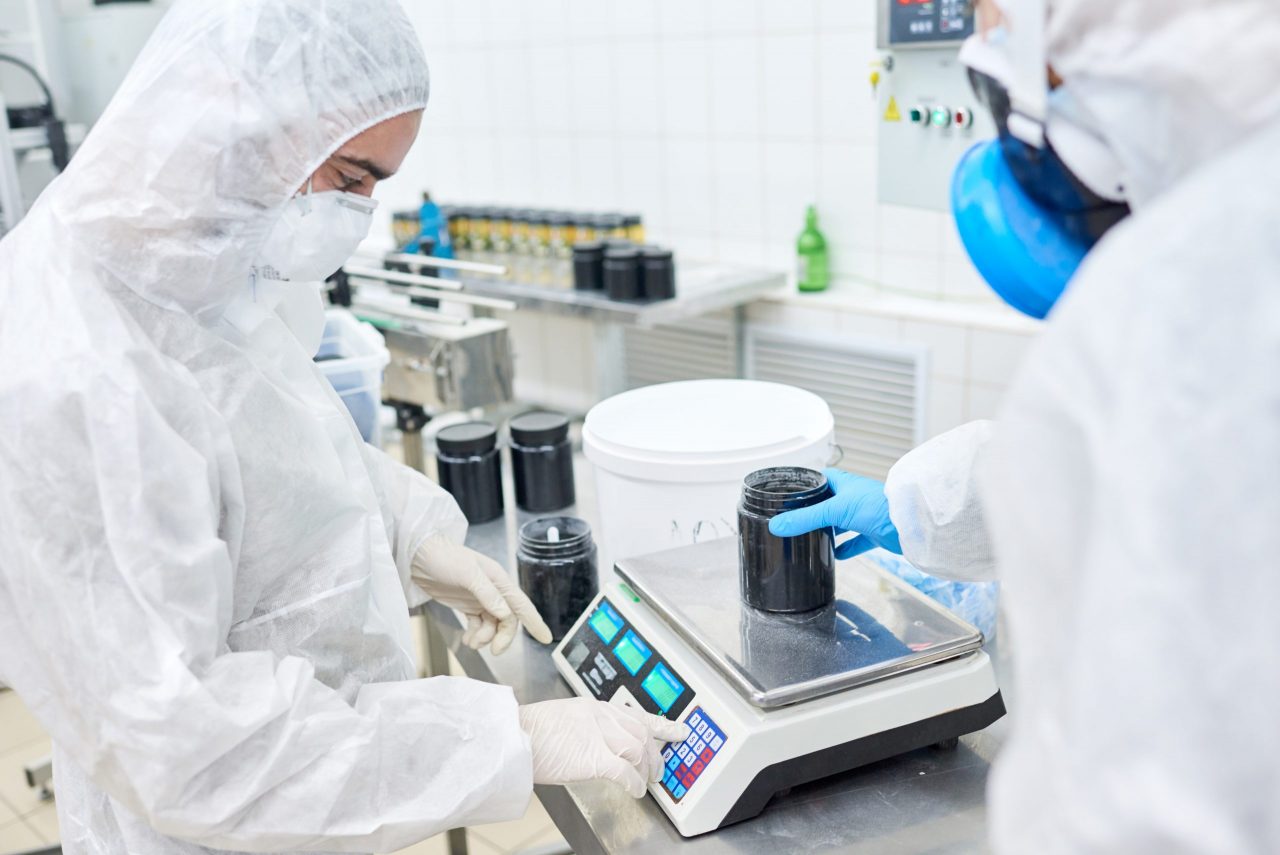The balance is a piece of equipment that measures the mass of a specific body, providing accurate data about its weight. Among the many existing models, the analytical balance that has a high power of rigor stands out, since with it great precision can be obtained.
The analytical balance is a measuring instrument that offers a high degree of precision, but requires experience and skill from the operator. For its operation, it must be positioned under a specific environment and have controlled environmental conditions so that it does not suffer any alteration in the absolute value of the weighing.
Created in 1750 by the Scottish chemist Joseph Black, this type of balance has become an important scientific instrument for providing accurate data. Basically all the analytical results that are presented depend on it, therefore, it is one of the most used measurement tools in laboratories in the world.
What should you avoid when using an analytical balance?
- Prevent equipment that produces high magnetic fields or vibrations such as centrifuges, electric motors, compressors and generators, from being installed in the surroundings.
- Avoid being under the direct influence of air conditioning systems (drafts) and sunlight.
- Avoid proximity to heat radiators, fans or a door.
- Avoid electrical outlets in poor condition, and that do not have a ground pole.
- Avoid touching the measuring plates directly with your fingers.
Usually, these analytical balances are manufactured inside a transparent box provided with doors to isolate it from certain factors that may affect its operation. Therefore, due to the need for extreme precision of the measurements carried out, these must have specific rooms for their manipulation, with controlled environmental conditions, as well as observed with the conditions of the electrical network to supply voltage within the tolerance limits specified in the manual of each model.
What considerations should you take into account?
- Have an environment that does not present drafts, sudden changes in temperature and is free of dust.
- Have a perfectly level counter. A high inertia platform, isolated from structures located in the vicinity, is ideal to reduce the effect of vibrations emitted by certain equipment such as centrifuges and refrigerators.
- Regarding the environmental conditions, the temperature of the room must be constant and the humidity must be between 45% and 60%, for that, it must be monitored whenever possible.
What are the basic care that you should provide to your analytical balance?
For its proper functioning, certain basic care must be taken, for example, always check the calibration of the balance, leave it plugged in and turned on to maintain the thermal balance of the electronic circuits, but always leave it in stand-by mode, avoiding the need for a new warm-up time.
And finally, constant care must be taken with the weighing jar and pan, reading, calibrating, and maintaining the balance to ensure accurate weighing.
It is recommended to calibrate analytical balances regularly, even more so when it is being operated for the first time, if it has been moved, after any leveling and after large variations in temperature or atmospheric pressure, modern analytical balances perform this function, an automatic way, when they detect any environmental variation.
At Kalstein we have state-of-the-art analytical balances. That is why we invite you to take a look at the Products menu. HERE


